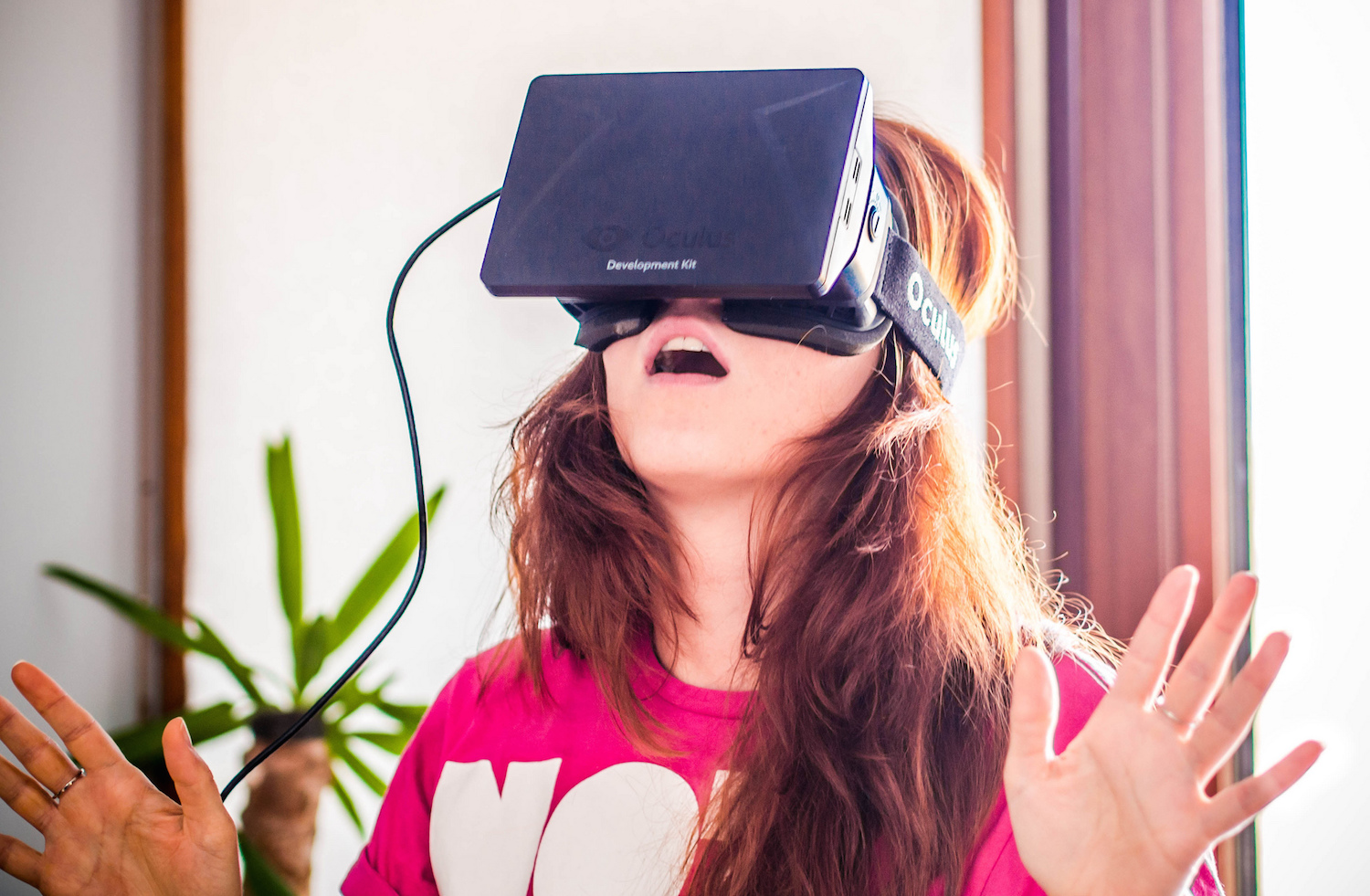
Timo Argillander is Co-Founder and Managing Partner of media focused venture capital fund IPR.VC based in Finland. IPR.VC invests mostly in Finnish digital content companies that produce TV programs, movies, games, animations, Internet and mobile content and other licensable media content. The fund, founded in the fall of 2015, has already grown from an initial 13 M€ to 18 M€ in just a little over six months. The final goal of 20 M€ isn’t looming too far ahead, either.
The goal of IPR.VC is to create international success stories based on intellectual property rights of media contents in Finland, and to prove that intellectual property rights of media contents are worth investing in.
Timo, where did the idea for this fund come from?
Everything started with a conversation I had with my colleague and partner Tanu-Matti Tuominen 1,5 years ago. We were discussing the shape of media content investments and any ways of making things better. That’s where it all kicked off.
There is actually quite an appropriate story to this, too – back before we started out, my colleague was contacted by a creative industry association who had been looking for funding for their industry. They had gone over to a funding agency, but hadn’t really understood what had been discussed. The funding agency had also later contacted my colleague, as they, too, hadn’t really understood what the association had been after. So there was a miscommunication there – and we thought, well, it shouldn’t be this hard. That’s where we’ve stepped in.
How is investing in creative industries different from investing in other fields? IPR.VC claims to address the ”well-known issues in media content financing” – what are these issues?
Understanding the value and appreciation of media contents is an art form of it’s own. Immaterial goods are scalable and offer good possibilities for investors, but to create a good portfolio in this business requires a whole different kind of knowledge and insight. We function much like any other investment fund, but offer new kinds of instruments and invest in a slightly different manner.
The biggest issue in media content funding has traditionally lied with lack of collaterals. Banks don’t take digital contents for collateral as they can’t really measure their value. Collateral value for intellectual property is regarded as zero. Another problem that people in creative industries traditionally face is getting small-scale funding. You might need some tens of thousands for development, but such amounts have not been available. This is something we’ve changed, too.
What kind of criteria do you set on your investments?
We look for solid teams with an ambition to their work and getting it out in the market. The projects must have potential for international success. But I cannot stress enough the importance of the team. We must believe in the people we’re working with.
When you mostly invest in Finnish digital content companies with a scope on the international market, how exotic or culture-specific can these contents be? Does the scope of international markets have on impact on the content?
To be Finnish is a twist that can make things more interesting. But it must be the kind of twist that clicks elsewhere, too. The Tom of Finland movie we’re funding is a great example of this. We have a story of a Finnish artist and iconic works that have roots here, but this is also something that is appealing to the big, international public.
On a small market such as Finland, you could be on the lookout for potential failure and look for ways to avoid it. But we are willing to take risks. We do not concern ourselves with the potential of failure, too much, as our main concern is in making it big.
What does the Asian market look like to an investor?
Asia is a staggering and extremely interesting market. We can surely look at contents travelling East from the Western market – the contents that we fund also have potential in Asia. We’ve got games with huge potential, for instance. But I’m also curious of the contents in the Asian market and how they develop in the future.
Our focus is in projects that make it big. If things go as planned, who is to say we wouldn’t start an international fund next.




















